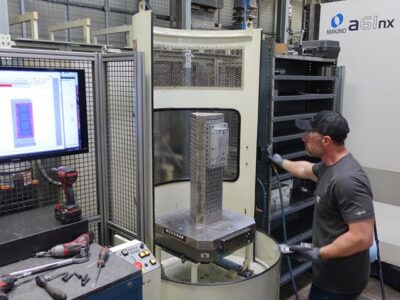Creating a stunning yet functional restaurant interior can seem like a daunting task. With so many design elements to consider and trends constantly evolving, it’s not just about aesthetics; a restaurant’s interior also needs to cater to the experience of its diners. In this article, we’ll explore how to strike the right balance between style and functionality in your eatery’s interior design.
1. Understanding the Needs of Your Diners
Before diving into any design elements, the first step is to understand your customers’ needs. It’s important to have a clear idea of what kind of dining experience you want to provide and how the layout, materials, and ambiance of the space will contribute to that vision.
To develop a cohesive and functional restaurant interior design, think about aspects such as table spacing, seating configurations, noise levels, lighting, and the flow of service. These considerations will make the space more user-friendly and provide your customers with an enjoyable and memorable experience.
2. Finding Inspiration in Design Principles
Harnessing the right design principles can make all the difference in successfully balancing style and functionality in your restaurant. One approach is to consider the psychology of restaurant interior design, which delves into how factors such as color, lighting, and texture can impact customers’ moods and behaviors within the space. Utilizing these concepts in your design plan can enhance your brand’s identity and create an inviting atmosphere for diners.
3. Striking the Right Balance Between Lighting and Colors
Lighting plays a critical role in creating a welcoming ambiance in any restaurant. A thoughtful lighting plan can accentuate design features, control mood, and even impact the perceived taste of food. Ensure that your lighting complements the interior design and adjusts to different times of the day for a seamless and enjoyable dining experience.
Similarly, the color scheme is a vital component in striking the right balance between style and functionality. Choose colors that reflect your restaurant’s brand, resonate with your target audience, and help shape the desired atmosphere. The right color palette will not only be visually appealing but also set the mood for an unforgettable dining experience.
4. Practical and Durable Materials
A stylish and functional restaurant should withstand the test of time. Choose materials that are durable, easy to maintain, and aligned with your design vision. Opting for high-quality, cost-effective materials will make a significant difference in the restaurant’s functionality and prolong its lifespan.
Furthermore, avoid any design pitfalls by following the dos and don’ts of restaurant interior design to ensure your space is not only aesthetically pleasing but also practical and inviting. By striking the right balance between style and functionality, you’ll create a space that stands out in the competitive restaurant industry and keeps diners coming back for more.
Wrapping Up
Balancing style and functionality in restaurant interiors isn’t just about creating a visually captivating space; it’s about providing an enjoyable and memorable experience for your diners. By understanding the needs of your customers, implementing design principles, and considering elements such as lighting, colors, and materials, you can craft a stunning and functional restaurant that stands out from the competition. So, don’t be afraid to get creative and experiment with different design elements to create a unique dining experience for your customers.












Comments